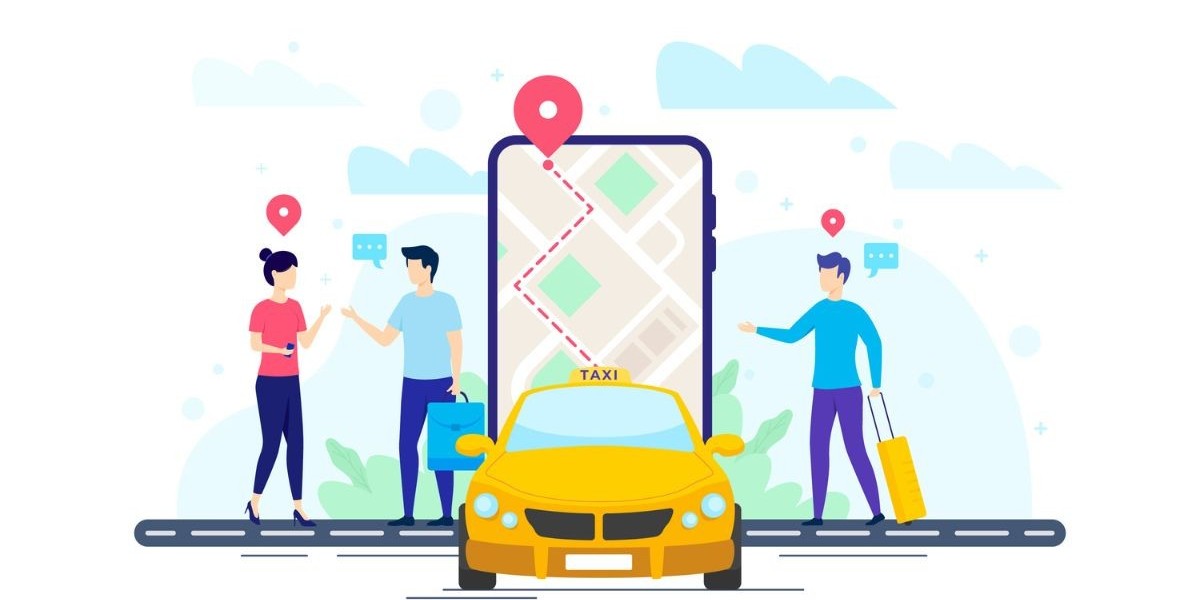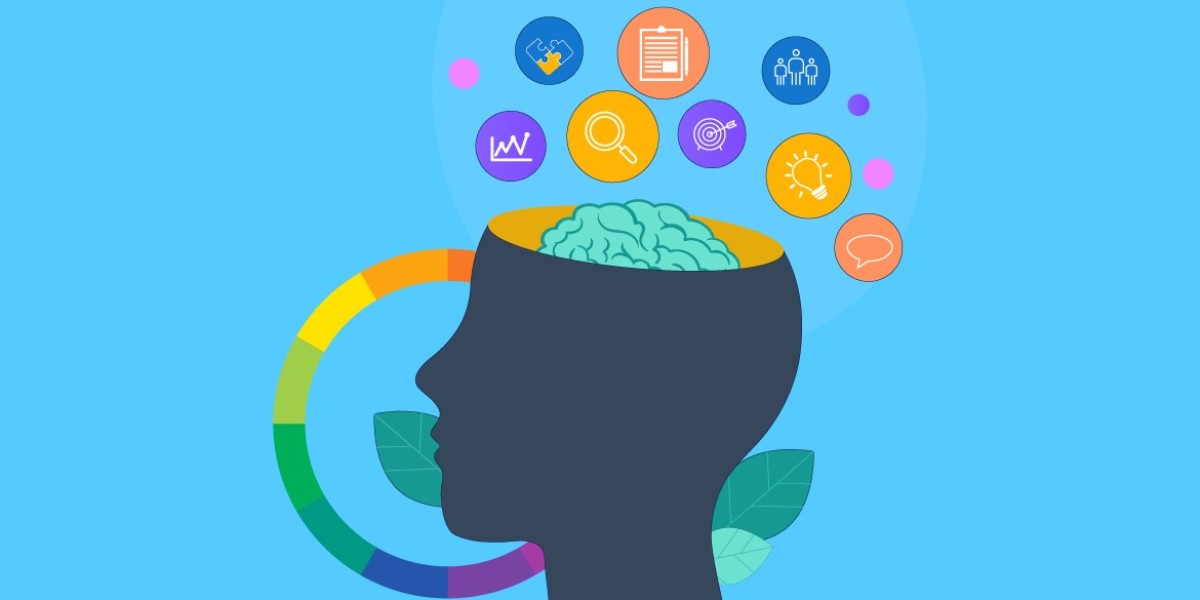On-demand ride hailing apps like Uber have transformed the way we travel. With a few taps on our phones, we can now get an affordable ride at the push of a button. But what really goes on behind the scenes to make this seamless experience happen? In this article, we'll take a deep dive into the complex dispatch and ride scheduling systems that power these apps. By understanding the detailed workflow, we can appreciate the impressive coordination required.
Receiving Ride Requests
The journey begins when a customer opens the Uber app and enters their pickup location by searching an address or dropping a pin on a map. They then select their destination and request a ride. This route data including pickup and drop off coordinates, along with the passenger's profile details, is sent via API from the app to Uber's backend servers.
The servers receive thousands of ride requests every minute from customers all around their service regions. To process these requests efficiently at scale, Uber built a sophisticated dispatch algorithm. Some key considerations factored in are the passengers' estimated wait time, closest driver proximity, driver ratings, vehicle type if a preference was selected, pickup and dropoff efficiently routing multiple rides and more.
Matching Requests to Available Drivers
Once a request hits the servers, they begin scanning through a pool of active drivers in the general pickup location area who are available to accept new trips. The algorithm analyzes real-time factors for each driver like their live location from GPS, if they currently have a passenger or are between trips, vehicle details and more. All this dynamic data is constantly updated as drivers navigate the roads.
Based on complex optimization, the dispatch system selects the best matched driver who can pick up the passenger quickly while also efficiently fitting the ride into their existing route plans. Sometimes multiple drivers may be suitable, so Uber sends the request simultaneously to a couple closeby options initially for quicker acceptance. Visit: https://zipprr.com/uber-clone/
Sending Trip Requests to Drivers
Once a driver is selected, the trip request is pushed from Uber's servers to their driver app. This occurs via push notifications or an in-app message so they are instantly alerted of a new potential fare even if the app was running in the background.
The notification displays basic pickup and dropoff address details without revealing the passenger's actual name for privacy reasons initially. Drivers can then choose to accept or decline the request within a timed window before it's reassigned. Peak hours tend to be very busy so drivers often receive multiple trip pings back to back to evaluate.
Driver Accepting/Declining Requests
Upon receiving a request, drivers have the option to tap "Accept" to pick up the ride or "Decline" to dismiss it. Some common reasons a driver may reject include if the pickup location is too far out of their way, the destination is heading away from main areas with future passengers, or surges aren't active warranting the trip.
Drivers often use their intuition and experience to select rides that maximize both time and earnings efficiently. Accepting rides heading back towards main routes prevents excessive empty miles between trips. Drivers may also consider external factors like traffic or event situations affecting certain areas. However, a history of too many declined trips can impact how often the algorithm selects that driver for future requests.
Tracking Driver on Route
Once a driver accepts a request, the passenger and Uber dispatchers can begin monitoring their progress. Advanced GPS tracking services embedded in the app accurately pinpoint the driver's live location down to just a few meters. As they drive towards the pickup point, their estimated arrival time is recalculated continuously based on real-time road conditions and traffic.
If major delays occur, Uber detects rerouting opportunities and notifies both driver and passenger of a new optimized route with an updated ETA. This helps prevent frustration from long unnecessary waits. Emergency response teams also have driver location visibility for safety measures. The seamless tracking is a major behind-the-scenes feat requiring tight integration between mapping APIs and location services.
GPS Navigation for Driver
To guide the driver efficiently to the pickup location and throughout the entire trip, Uber leverages deeply integrated mapping and navigation APIs. As the driver accepts and heads out, turn-by-turn directions automatically populate on their app screen or get read aloud if they have enabled voice guides.
The navigation adjusts dynamically for real-time traffic so alternate routes are suggested if jams develop along the original path. Drivers really appreciate these automatic rerouting features for staying on schedule. If an unexpected detour does occur, Uber recalculates ETAs transparently for passengers based on the driver's real movement.
Customer Tracking Ride Status
On the passenger side, the Uber app seamlessly keeps them in the loop about their upcoming ride. After requesting, they can watch their driver's car icon move towards them on a live map. As the ETA countdown reaches each milestone like 5 minutes, 2 minutes, 1 minute, it builds anticipation for the arrival.
Additional status details like the driver's name and vehicle make/model also display when available for visibility. And passengers receive notifications if anything changes like an unforeseen delay prompting a new ETA. This transparency builds trust that their ride is on its way, versus anonymous taxis of the past where you just waited blindly.
Beginning of Ride
As the driver pulls up curbside, their app notifies that the pickup location is reached. They can then trigger starting the ride by pressing "Start Trip." Simultaneously, the passenger receives a confirmation that their driver has arrived along with their photo and vehicle info if not shown earlier.
Both parties must acknowledge the trip officially beginning before it launches. For safety, riders also receive an option to call emergency services directly from the app if anything seems suspicious or off during the pickup process. With everything checked, the meter starts running and the trip is underway!
During the Ride
While on route, Uber facilitates basic interaction tools if the driver and passenger wish to communicate. Complimentary water or music requests can be made through the app. Additionally, both parties are able to provide feedback or ratings at the end of each completed trip for service quality records.
Passengers also have emergency sharing abilities like providing their driver's live location and trip details to selected emergency contacts for an added peace of mind. Drivers likewise share their passenger pickup and dropoff address details with Uber for visibility in case anything arises requiring intervention during the ride.
Ending the Ride
As the driver approaches the drop off point, they can notify the passenger through the app. Upon arriving, the driver presses "End Trip" which triggers a confirmation prompt from both parties to finalize the booking. Passengers are then presented with an optional menu to provide a tip or rating for the service received.
Tips and 5-star ratings are drivers' livelihood on the platform, so excellent hospitality throughout helps maximize potential earnings and repeat customers. Once confirmed finished, Uber deducts the trip fare amount based on distance and time from the passenger's payment method on file. Receipts are also sent to both rider and driver emails for transparency and records.
Driver Completing Trip and Logging Out
After each ride concludes, drivers must actively log out of the app if they don't receive another immediate request ping. This marks them as available again to accept new trips. However, they still remain visible to Uber dispatchers for a grace period in case a suitable request comes through within a close proximity before fully logging off.
By staying online, drivers can optimize their time on the road for back-to-back trips versus periods of idling and traveling empty between jobs. Still, it's important they also log out periodically to avoid fatigue and ensure compliance with regulations around maximum driving hours. The scheduling aims to maximize productivity and convenience for all parties.
Dashboard for Dispatch Team
Behind the scenes, dedicated dispatch teams at Uber's command centers constantly monitor ride operations across every city and region in real-time. Advanced software dashboards provide a bird's eye view of current transportation conditions on the ground.
Analytics show live trip statuses, driver and vehicle locations, estimated times of arrivals, pickup/dropoff hotspots and more. This gives dispatchers the power to intervene efficiently if any issues arise. For example, they can contact drivers directly through the system or re-route rides intelligently during major events that cause trip delays beyond normal levels.
The monitoring also flags patterns requiring attention like traffic accidents, upcoming road closures or areas with high cancellation rates. Proactively handling irregularities guarantees Uber maintains consistent service quality expectations where response time is crucial to satisfy customers and remain competitive in the industry.
Conclusion
Coordinating hundreds of thousands of daily rides across vast territories is an impressive technologic feat. Through clever algorithms, seamless tracking, standardized processes and central coordination - on-demand ride-hailing can occur reliably and transparently. Customers rarely see all the complexity required behind each booking from multiple systems working in unison.
Ultimately, Uber's dispatch optimization aims to balance key priorities - short passenger wait times, high driver earnings through frequent bookings, and smooth commutes with minimum dead miles. As urban transit habits continue shifting away from car ownership, on-demand mobility platforms will play an ever expanding role optimized through continued innovation. Their impact on communities remains dependent on maintaining reliable, affordable and safe transportation access for all.






